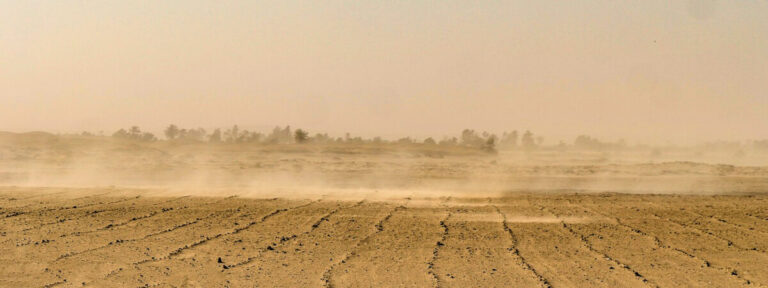A team of researchers in Algeria has designed a new test bed and a new acceleration law that is responsible for both the wind speed and sand density. The new methodology was tested on four PV modules and showed lifespan of up to 47 years in terms of sand effects.
Scientists from Algeria have proposed a new accelerated aging test bed for PV modules and developed a new acceleration law for relegation of sandyosy.
“In contrast to existing models, our investigation introduces a law that is specifically designed for sandy, with both wind speed and sand density for more accurate lifetime forecasts in desert environments,” said the corresponding author, Abdelkader Elkharraz, said PV -Magazine. “One of the most harmful factors that influence the reliability of the PV module in desert environments is sandy. The constant bombing of sand particles, powered by strong wind, can cause both mechanical and optical demolition of the module surface. This breakdown manifests itself in various ways, including wear of the protective glass layer, scratches of the anti-reflecting coating and accumulation of dust and debris, all that contribute to a reduction in light transmission and total power. “
The adjusted test bed that the team can control can influence files of sands. It includes a sand feed mechanism that regulates sand density, a variable speed fan to control the wind speed and a rotation phase that makes exposure on all sides possible. The set -up uses desert zone sand, characterized by larger and irregularly shaped grains, leading to more aggressive erosion.
Four monocrystalline silicon PV modules were tested by the team; Two of them were new 100 W Dinel Solaire modules, while the other two in advance used Visel 80 W. Under test condition 1 they were shot with a sand density of 5.8 g/m3 and a speed of 12 m/s; While it was under test condition 2, it was set at 10.3 g/m3 and 15 m/s respectively. Condition 1 represented a “hard accelerating environment” per the team, while condition 2 “represented a more accelerating and heavier environment”.
The new acceleration law, which was called the law of the Elkharraz-Boussaid after its developers, regards wind speed and sand density and ultimately calculates the average time for failure (MTTF), which represents the average time until a system fails under specific operating conditions. In combination with a Fuzzy Logic-based data analysis program, the model could then find the gear factor (AF). The AF quantifies the ratio between the breakdown speed under accelerated test conditions and real-world circumstances.
The collected data were correlated with Real-World wind data from a Sun Factory in Adrar, Algeria. This dataset was then used to project realistic lifespan for these modules under typical desert company conditions, “said Professor Elkharraz.
“Our model, in combination with a Fuzzy Logic program for data analysis, estimated a considerably longer lifespan for fishing modules (46.8 years) compared to dinner modules (31.6 years) in the Adrar region, Algeria. The lower annual demolition percentages (0.64% versus 1.38% for Visel and Dinel respectively) are consistent with the existing literature and underline the potential of the model to accurately predict the lifespan of the module in sand -sensitive regions. “
Their findings were presented in “A new acceleration law for sand erosion breakdown of photovoltaic modules“Published in Renewable energy. Scientists from Algeria Ahmed Draia University of Adrar, Medea University and the Renewable Energy Development Center (Cder) have conducted the research.
This content is protected by copyright and may not be reused. If you want to work with us and reuse part of our content, please contact: editors@pv-magazine.com.


